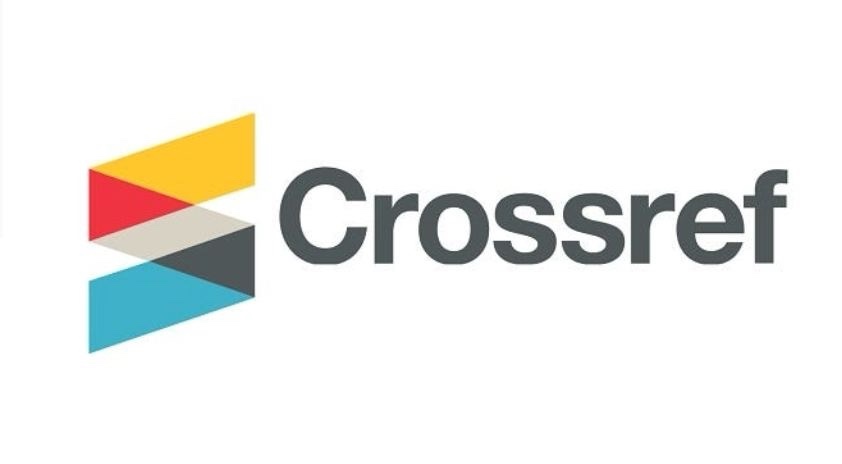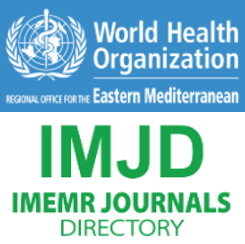Evaluation of Women's knowledge about Family Planning Methods at Omer Sawi Teaching Hospital
DOI:
https://doi.org/10.58897/injns.v36i1.631Keywords:
Women’s Knowledge Family Planning MethodsAbstract
Objective)s(: This study aimed at evaluating women's knowledge about family planning (FP) methods.
Methodology: Descriptive correlational hospital-based research was conducted at Omer Sawi Teaching Hospital, from August to September 2019. A random sample of (320) woman was recruited post their agreement. Data were collected by interview questionnaire and analyzed using a statistical package for social sciences (SPSS) which included the use of descriptive and inferential statistical methods with accepted P < 0.05for the significant correlation.
Results: The research findings revealed that the age group between (21-25) year represented (53.1%), most common education level was secondary school (56%). Most of women had (2-5) children. Half of the women had delivered their children with space of less than one year. Knowledge of women about FP was (58.5%). Although, 224(70%) had past experience of FP use, however, over one third 80(35.7%) stopped it because of different reasons, mainly the side effect. Currently, (45%) of the participant used FP, mainly hormonal methods 204(63.74%). Significant correlation was found between women’s knowledge about FP and their educational level (r = 0.768. P = 0.000).
Conclusions: Women's knowledge of FP was poor and women focused on the use of hormonal methods. Significant correlation was found between women's knowledge about FP and their educational level.
Recommendations: Empowerment of women concerning family planning should be intensified to insure its sustainability over the time.
Downloads
Published
Issue
Section
License
Copyright (c) 2023 Iraqi National Journal of Nursing Specialties

This work is licensed under a Creative Commons Attribution 4.0 International License.















